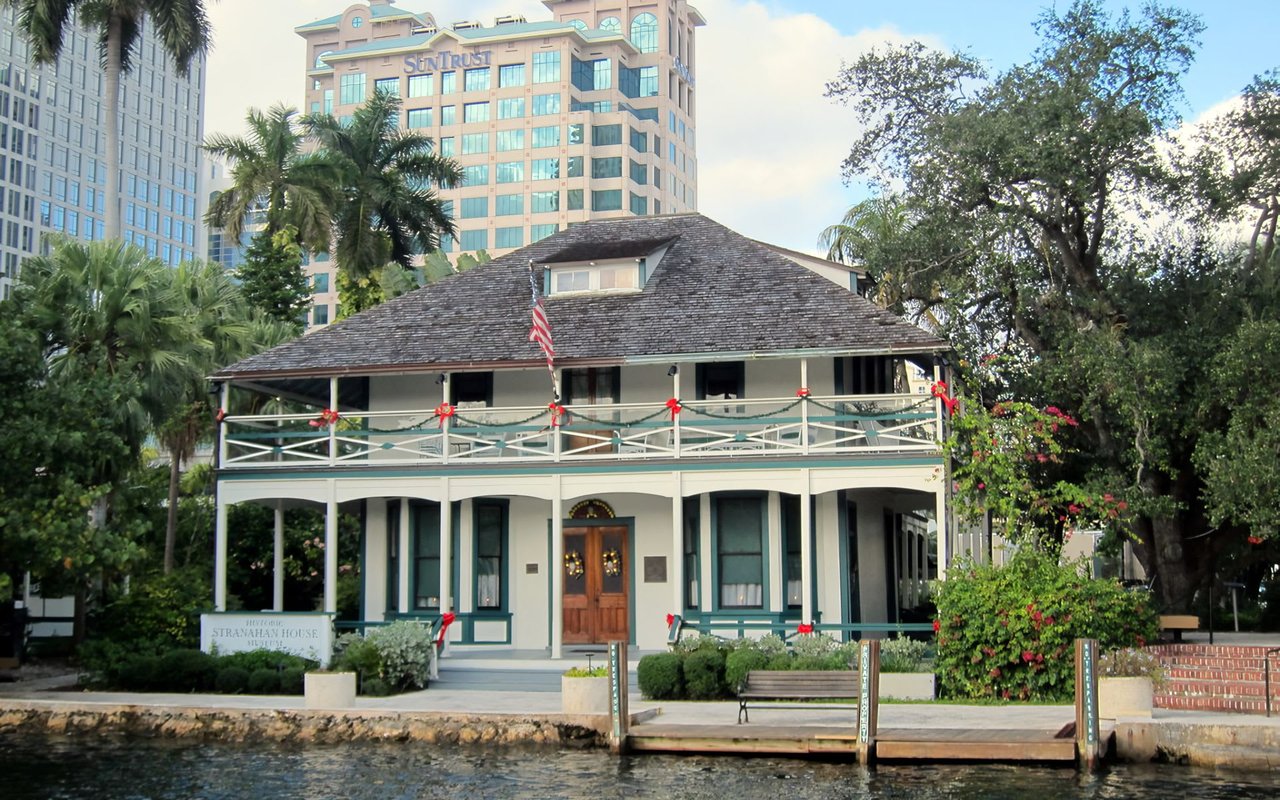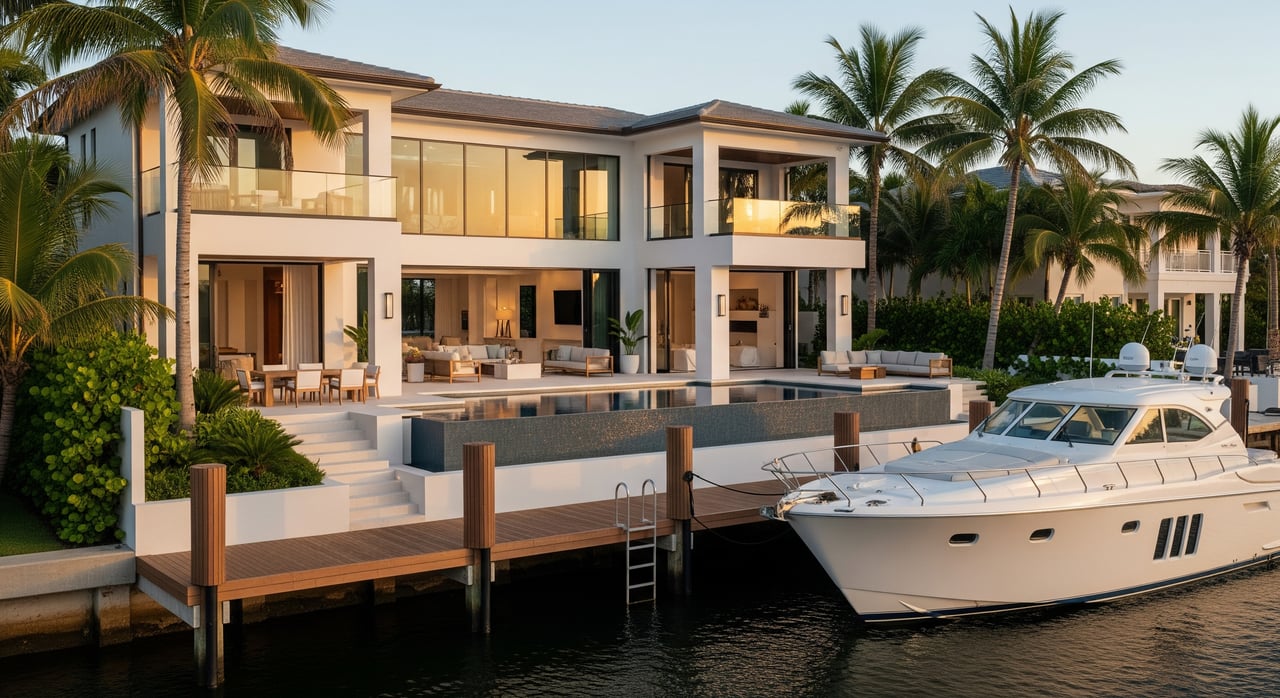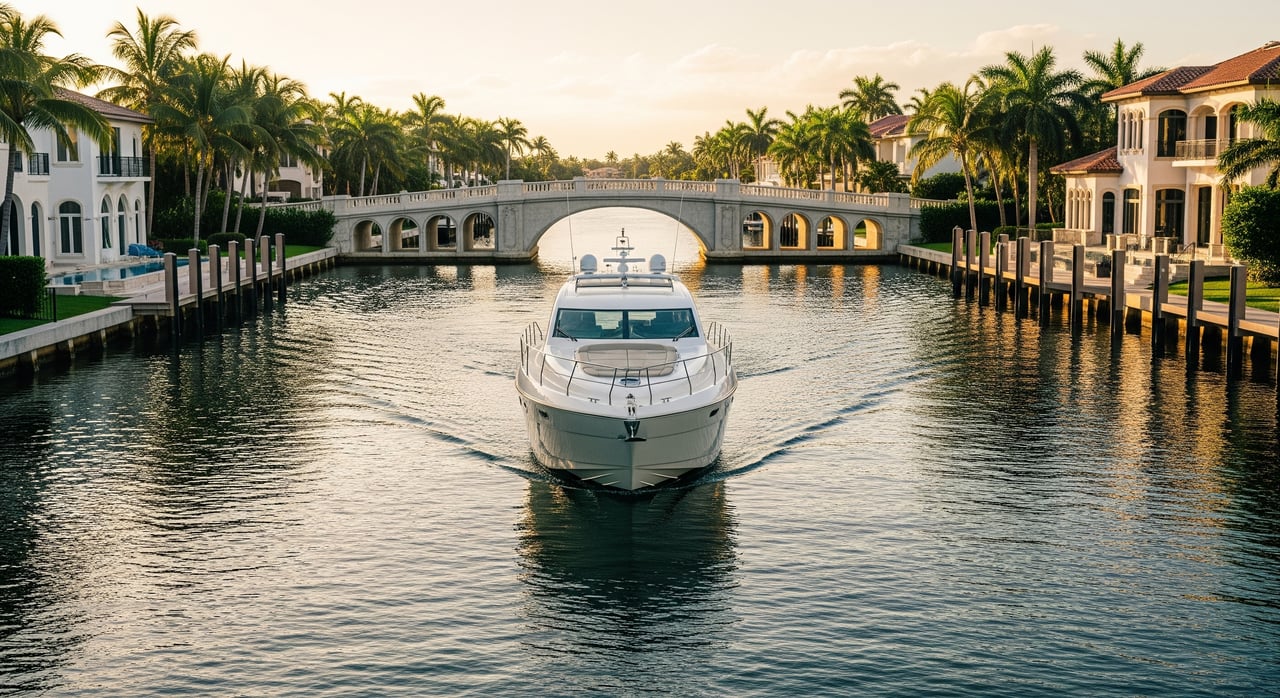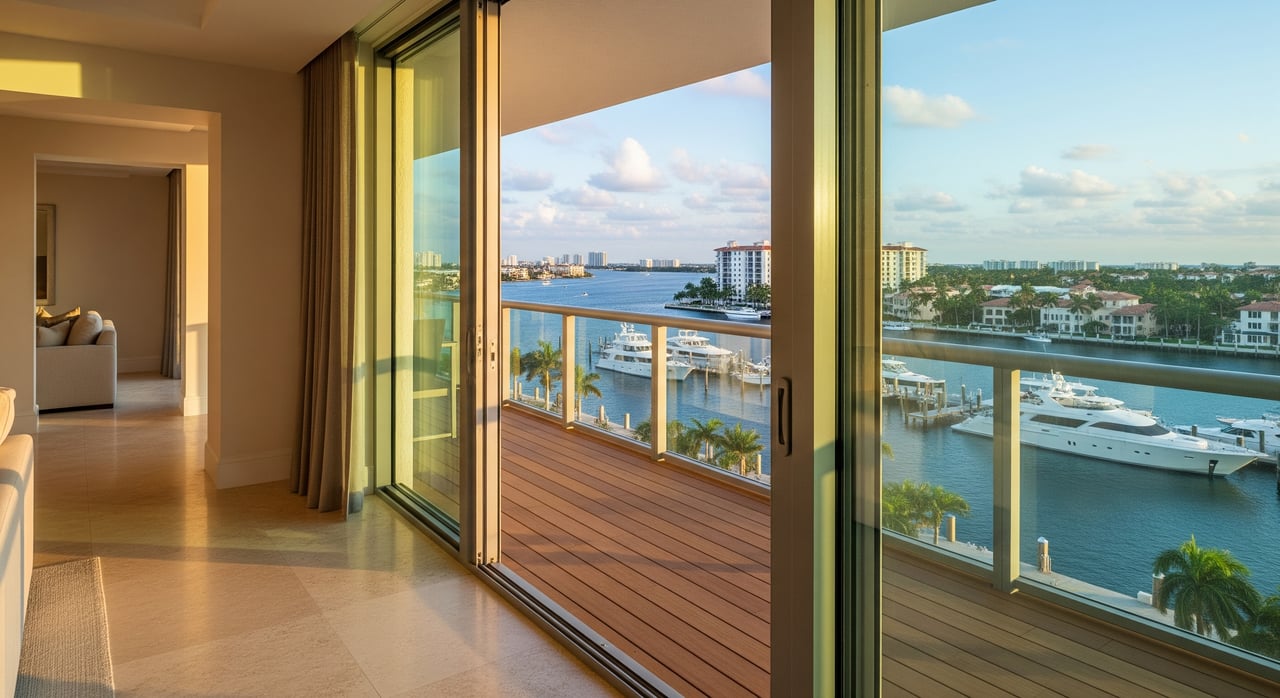Fort Lauderdale, a city known for its stunning beaches and vibrant cultural scene, is also home to an array of architectural landmarks that span from historical treasures to modern masterpieces. This guide explores these landmarks, offering potential homebuyers and architecture enthusiasts insight into the architectural styles that reflect the city's rich history and unique structural heritage. The presence of these architectural icons adds to the allure of the homes for sale in Fort Lauderdale, providing residents with a living experience rich in Fort Lauderdale's history and beauty.
Bonnet House Museum & Gardens
The Bonnet House Museum & Gardens stands as a testament to the eclectic design sensibilities of the 1920s. Built by artist Frederic Clay Bartlett, the estate is an artistic masterpiece featuring a blend of Caribbean and Floridian plantation styles. The house is surrounded by lush gardens that are as meticulously designed as the home itself, including a desert garden, a hibiscus garden, and the largest collection of orchids in the Southeast United States. The Bonnet House not only offers a glimpse into the lavish lifestyle of Fort Lauderdale’s early settlers but also serves as an inspiration for the tropical landscape designs that are popular in current homes for sale in Fort Lauderdale. Additionally, the Mediterranean Revival style influences the architectural design of the Bonnet House, adding to its aesthetic appeal and cultural significance. Historical buildings like the Bonnet House are crucial for understanding Fort Lauderdale's architectural evolution and cultural heritage.
Stranahan House
As the oldest surviving structure in Broward County, the Stranahan House is a cultural cornerstone of Fort Lauderdale. Originally built as a trading post, it was converted into a residence by Frank Stranahan, the city’s founding father, and his wife, Ivy Cromartie Stranahan, Fort Lauderdale’s first school teacher. The house has been preserved as a museum and stands as a prime example of Florida vernacular architecture, with wide verandas and native materials. Its historical significance and charming design are reflective of Fort Lauderdale's deep-rooted culture and historic buildings that potential buyers consider when searching for homes for sale in Fort Lauderdale.
NSU Art Museum
Designed by the renowned architect Edward Larrabee Barnes, the NSU Art Museum is a modern landmark in the heart of Fort Lauderdale, exemplifying modern architecture. Its distinctive minimalist design with sharp, clean lines and an innovative use of space stands out in the city’s skyline. The museum’s layout facilitates an impressive display of contemporary art, adding a modern cultural venue to the city. For those interested in the vibrant cultural scene, the proximity of such modern landmarks near homes for sale in Fort Lauderdale enhances the urban experience. The NSU Art Museum significantly contributes to Fort Lauderdale's cultural and historical landscape, enriching the city's identity and architectural heritage.
The Riverside Hotel
The Riverside Hotel on Las Olas Boulevard is an iconic symbol of Fort Lauderdale’s development into a bustling urban center. Built in the 1930s, the hotel boasts a classic Floridian Art Deco style with fine geometric detailing and a facade that reflects the golden era of Fort Lauderdale’s tourism boom. The hotel remains a favorite for visitors and locals alike, providing a historical backdrop to the city’s most famous street, lined with shops, galleries, and restaurants. The Riverside Hotel is a testament to the city's rich history, showcasing its architectural evolution and cultural heritage. Another significant historical landmark is the New River Inn, constructed in 1905, which has been transformed into a museum within the Fort Lauderdale History Center, offering rich cultural heritage and exploration opportunities.
Broward County Courthouse
Fort Lauderdale’s modern architectural ambitions are symbolized by the new Broward County Courthouse, a state-of-the-art facility that reflects the growth and modernization of the city. The building’s design incorporates high-performance glass and energy-efficient systems, setting a standard for future public architecture in the city. Its imposing structure and contemporary design elements signify the city’s forward-thinking attitude, which is a strong selling point for real estate in the area. The courthouse contributes significantly to Fort Lauderdale's modern architectural landscape, reinforcing the city's commitment to innovative and sustainable design.
Find Your Dream Home in Fort Lauderdale
If exploring these architectural wonders has inspired you to consider Fort Lauderdale as your new home, or if you are curious about the real estate opportunities in this architecturally rich city, reaching out to a local expert can greatly aid your search. Contacting a real estate professional like Heather Lefka with deep knowledge of the area’s history and current market trends can provide invaluable insights into finding a property that fits both your aesthetic preferences and lifestyle needs.
*Header photo courtesy of Wally Gobetz via Flickr





